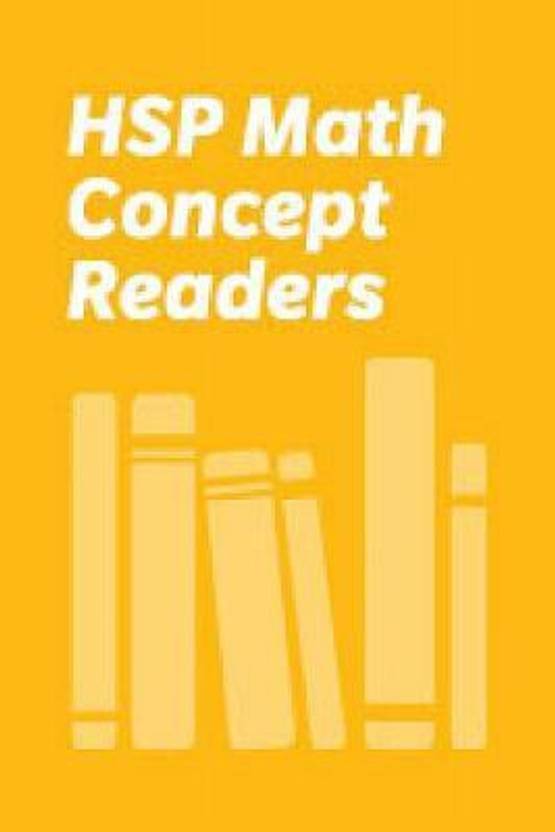Teacher Guide Grade 6
Grade Six Teacher’s Guide K-12 Program Filipino 1st Quarter. Grade 6 Teacher’s Guide FILIPINO Q1 – –. Halina.
This Unit 6 Teacher Guide contains background information and resources that the teacher will need to implement Unit 6, including an alignment chart between this unit and the Common Core State Standards; an introduction including planning tools, a list of strand components, goals and objectives, and an explanation of lesson format, components, and assessment; 25 lessons, including objectives, planning charts, procedures and activities, take-home material, and/or assessments; a Pausing Point; teacher resources; and the workbook answer key. By the end of this unit, students will be able to:1. Ask and answer questions (e.g., who, what, where, when), orally or in writing, requiring literal recall and understanding of the details and/or facts of a fiction text read independently;2. Read (with a partner or alone) and understand decodable text of appropriate complexity for grade 1 that incorporates the specific code knowledge taught;3. Segment and blend phonemes to form one-syllable words;4.
Read and/or write one-syllable words that include letter-sound correspondences taught;5. Identify the number of syllables (i.e., vowel sounds) in spoken and written words;6. Read and/or write two-syllable words composed of the following syllable types: closed syllables, magic ‘e’ syllables, vowel digraph syllables, r-controlled syllables, and open syllables;7. Read words with the following inflectional endings: plural nouns ending in –s or –es; present tense verbs ending in –s, -es, or –ing; past tense verbs ending in –ed;8.
National Institute of Education has published the Teachers Guide of ICT for Grade 6,7,8 and 9 Click Below to Download Teachers Guide. DepEd Tambayan provides a compiled list of Grade 6 Teacher’s Guide (TG) 2019 – 2020.DepEd Tambayan aims to provide free resources to our fellow teachers. May these downloadable resources help you and lessen your time in doing paperwork so that your efforts may be directed into the actual teaching process.

Read and/or write Tricky Word: cow;9. Read decodable text that incorporates the letter-sound correspondences taught with purpose and understanding;10. Read decodable text that incorporates the letter-sound correspondences taught with increased accuracy, appropriate rate, and expression on successive readings;11. Use phonics skills in conjunction with context to confirm or self-correct word recognition and understanding, rereading as necessary;12. Read and write words in which 'c' /k/ as in cat or /s/ as in cent; 'g' /g/ as in got or /j/ as in gem; 'n' /n/ as in nap or /ng/ as in pink;13.

Plan, draft, and edit a personal narrative with a title, recounting two or more appropriately sequenced events, including some details about what happened, using temporal words to signal event order, and providing some sense of closure;14. With guidance and support from adults, focus on a topic, respond to questions and suggestions from peers, and add details to strengthen writing as needed;15. With guidance and support from adults, use a variety of digital tools to produce and publish writing, including in collaboration with peers;16.
With guidance and support from adults, recall information from experiences or gather information from provided sources to answer a question;17. Describe people, places, things, and events with relevant details, expressing ideas and feelings clearly;18. Produce complete sentences when appropriate to task and situation;19.
Write from memory the letters of the alphabet accurately in upper- and lowercase form;20. Identify common and proper nouns;21. Use personal, possessive, and indefinite pronouns orally and in own writing;22.
Use regular present-, past- and/or future-tense verbs correctly orally and in own writing;23. Identify and use adjectives orally and in own writing;24. Use frequently occurring conjunctions (e.g., and, but, or, so, because) orally and in own writing;25. Use determiners (e.g., the, a, this, that) orally and in writing;26. Build simple and compound declarative, interrogative, and exclamatory sentences orally in response to prompts;27. Capitalize dates and names of people;28.
Identify and use end punctuation, including periods, question marks, and exclamation points, in writing;29. Use commas in dates and to separate single words in a series;30. Spell and write one-syllable words using the letter-sound correspondences taught in grade 1, using the Individual Code Chart if needed;31. Spell and write high-frequency Tricky Words;32.
Teacher Guide Grade 6 English
Write phonemically plausible spellings for words that cannot be spelled correctly with current code knowledge (e.g., write bote for boat, sum for some, hunee for honey, etc.);33. Use sentence-level context as a clue to the meaning of a word or phrase;34. Identify frequently occurring root words (e.g., look) and their inflectional forms (e.g., looks, looked, looking);35. Use words and phrases acquired through conversations, reading and being read to, and responding to texts, including frequently occurring conjunctions to signal simple relationships (e.g., because);36. Orally produce sounds represented by spellings; and37.
Teacher's Guide Grade 6 Mathematics
Identify the correct spelling when given a sound.